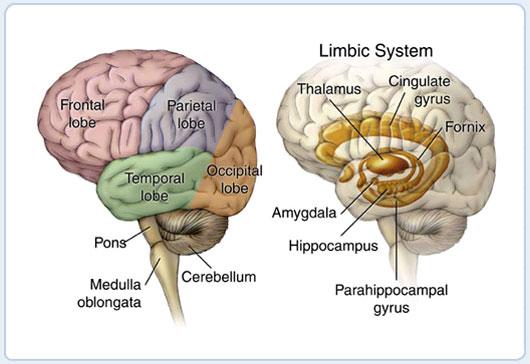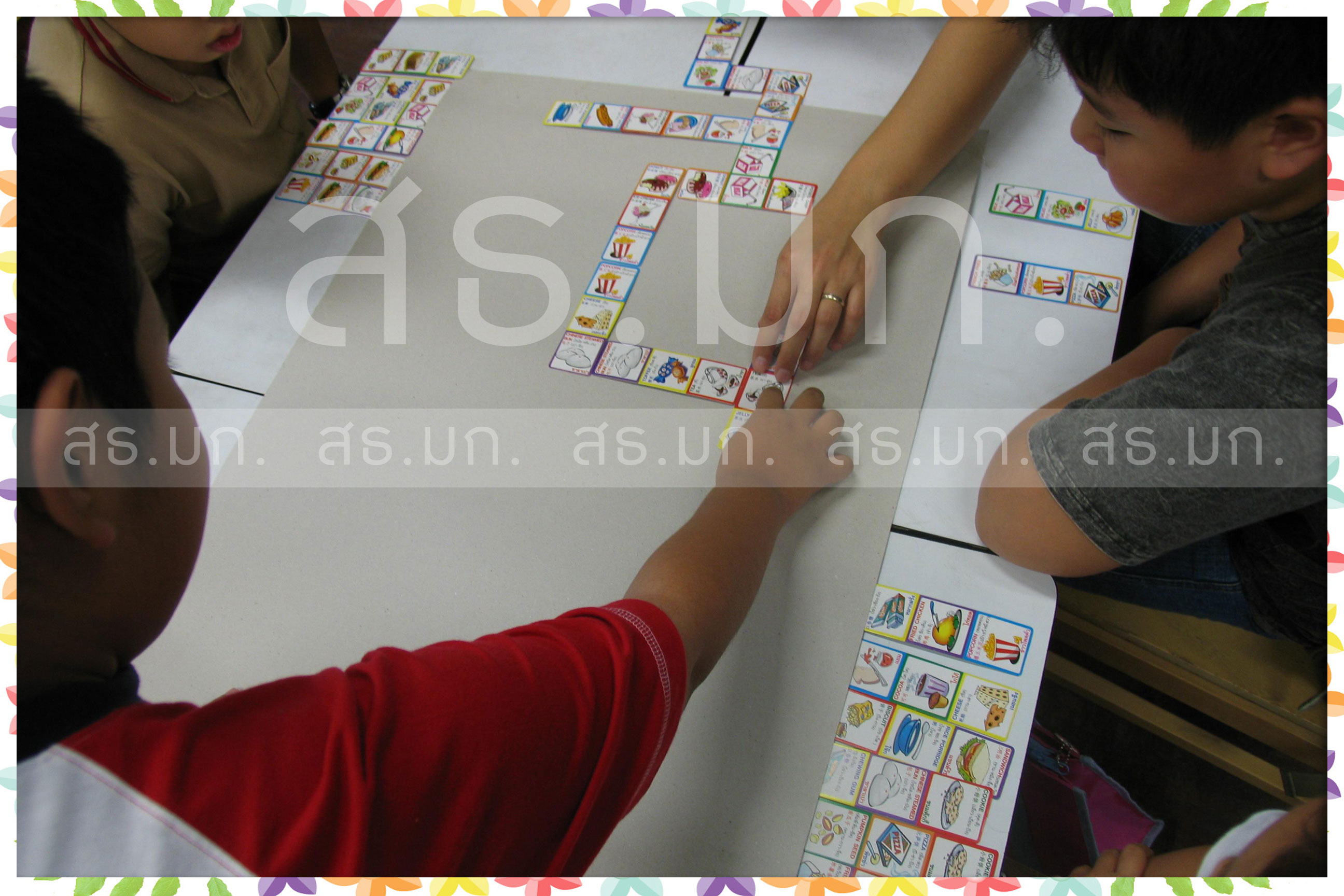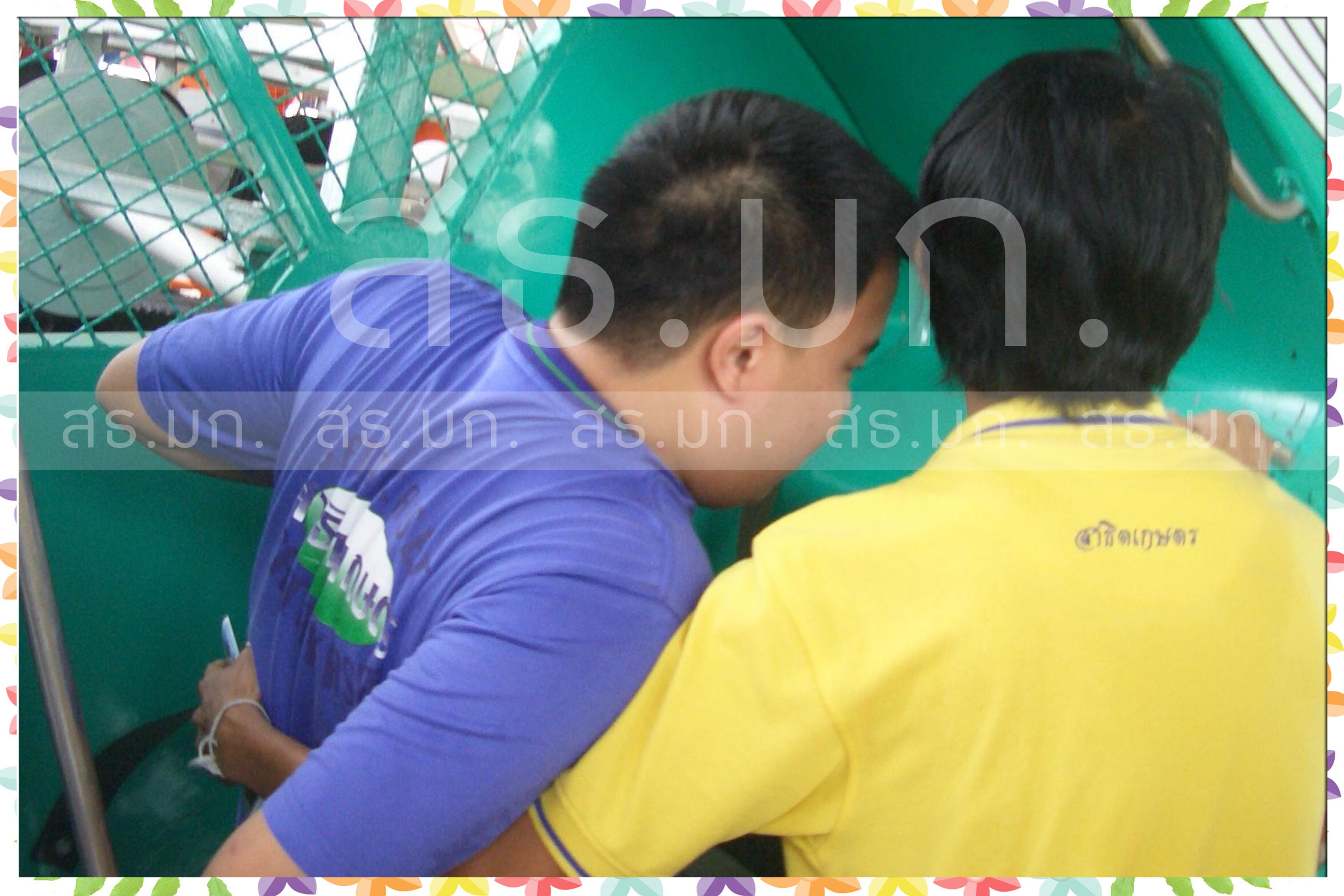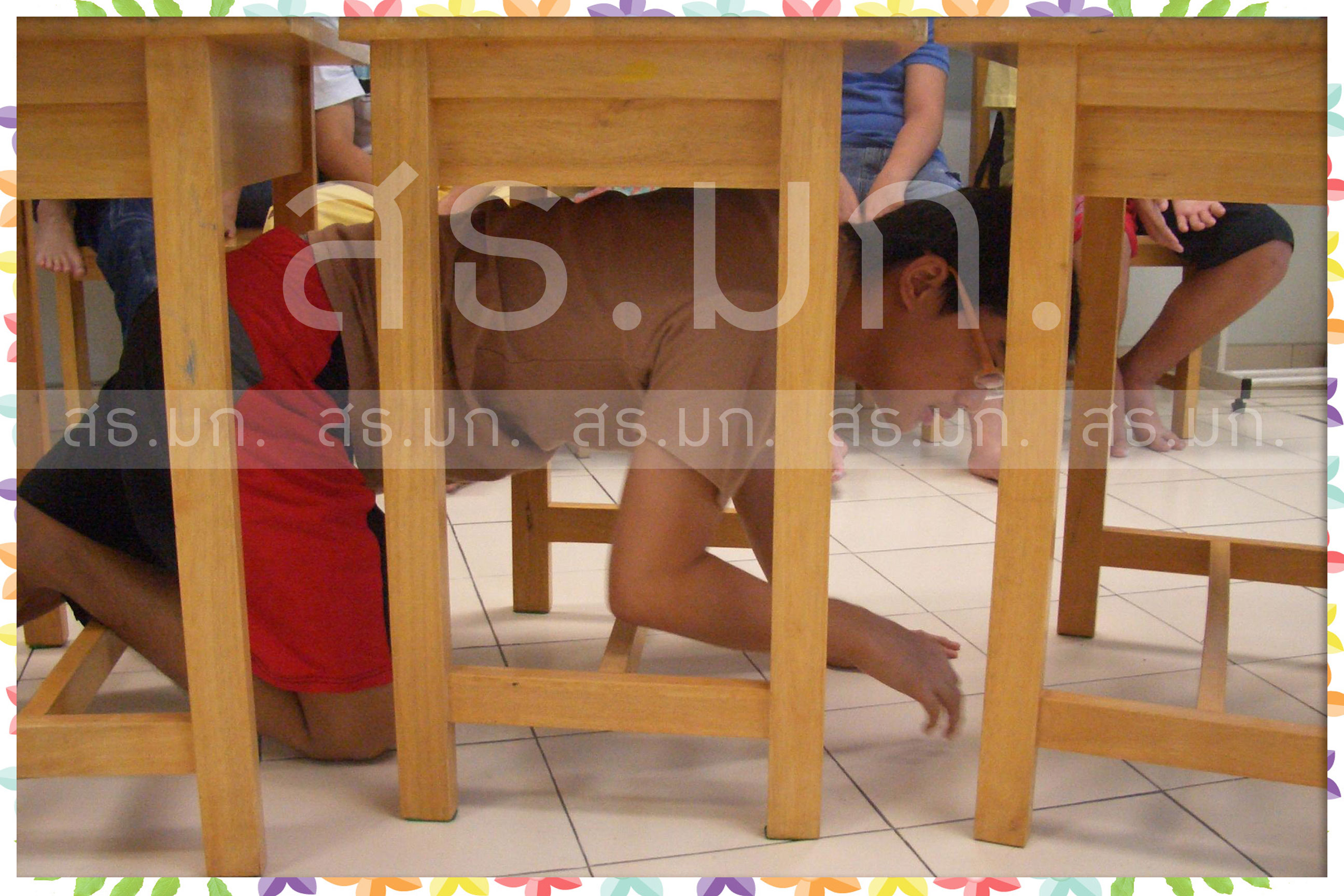| Have you ever thought how everyone is different? The human is designed by the diversity of our unique behavior or thinking styles. Cognitive science demonstrates understanding the internal human body and its influence to everything outside the human body. |
History of cognitive science |
Cognitive sciences are multidisciplinary, from various contributing fields that consist of Psychology, Neuroscience, Linguistics, Philosophy of mind, Anthropology, and Artificial Intelligence. Understanding the nature of humans has been studied for many centuries by the philosophers of ancient Greece like Plato and Aristotle. |
Eliot (1971) described the history of cognitive science. In the 17th century, philosopher named Descartes who studied about separation of mind and body. Next, in 1870, Wilhelm Wundt focused on the study of human knowledge, and designed his experiments around psychology. Continuing study of the mind in the early 20th century by the behaviorist John B. Watson described the viewpoint of the essential observation in the scientific field. His valid observation became useful to the knowledge of psychology for generations. |
In the 1950s, George A. Miller began the concept of mental study. He discussed the processes of the mind and that the information could be encoded and decoded within the mind. Next, McCarthy, Minsky, Newell and Simonve found the artificial intelligence field for involving study of mind. They believed, the machine or computer could be the component implemented to study human intelligence. |
Noam Chomsky reformed study of mind based on the study of the behaviorism by John B. Watson. Presently, the cognitive sciences are the paramount for developing the knowledge about studying the human mind and behavior for both psychology and education fields. |
Understanding the process of human brain learning for developing education |
In education, the educators have applied the knowledge of cognitive sciences for understanding the processing of learning, informing, and organizing the information. Furthermore, cognitive sciences support understanding the development of humans who have individual differences. This is very significant for education areas to understand that everyone has a different development of learning. |
The study of the processing inside of the human brain contributes to education by improving teaching and implements facilitating learning for students accomplishment in academic skills and social life skills. The human brain is a miraculous structure and the most powerful force and energy, we must understand the brains composition to understand how we learn. The adult human brain weights three pounds, it is wet, very fragile and protected by the skull. |
Sousa (2006) explained the basic brain structures that include exterior parts and interior parts. The exterior parts include four lobes of distinct functions: (a) frontal lobes; (b) temporal lobes; (c) occipital lobes; and (d) parietal lobes |
Exterior parts of brain |
 |
Frontal Lobes are the front of the brain, and the main function is to manage planning and thinking, such as solving the problem. The significance of frontal lobes is the executive regulatory center of the brain and emotional system. If the frontal lobes receive damage, it will affect behavior and personality change can occur, thats called our personality part. Some students with disorders have received the effect of dysfunctional frontal lobes (ex. Autism, emotional disorders, and people with brain injury). |
Temporal Lobes are above our ears, which major function deals with sound and music. The other functions of temporal lobes also are the speech centers on the left side and can also recognize some part of long-term memory. People who have had the injury or malfunction of the temporal lobes section could lose the speech and communication abilities. |
Occipital Lobes are at the back and significant to control the function of visual processing. Last, Parietal Lobes are near the top, has and executive control of some types of recognition and calculation. |
Interior parts of brain |
 |
The interior parts of the brain are divided into two sections that consist of the Brainstem and Limbic System. The Brainstem connects to the top of the spinal cord and the cerebrum. The main function of the brainstem controls essential body functions such as breathing, heartbeat, body temperature, blood pressure and digestion. |
The Limbic System is above the Brainstem and below the cerebrum. The Limbic System is the executive structure of emotion and is responsible for processing emotional memory. The four parts of the Limbic System are very important for the teachers to understand the vital processing in learning and memory. |
Thalamus controls the sensory information and varieties of cognitive activities, but the thalamus excepts only the sensory part of smell. |
Hypothalamus is below the thalamus, and the influences of hypothalamus manage the internal system. For example, the hypothalamus monitors the sexual behavior, hormones, hunger system, and liquid intake. It is important for the teachers and parents to provide the healthy breakfast and pure water for the children before studying because it is like fuel for the brain. The food and water are very vital for improving healthy brain activities, and the intake of water will transfer the oxygen into the bloodstream for supporting the brain function. |
Hippocampus is near the limbic area, and the major significance of the hippocampus is that it works for processing information and memory. Some people lose their memories because their hippocampus was damaged from injury or disease. It is very difficult to recall long-term personal memories after the hippocampus malfunctions. |
Amygdala connects to the end of the hippocampus, and amygdala involves encoding the emotion message. The emotional system connects to interact with the memory. Amygdala and hippocampus are able to remember the special events for a long time. The emotional system will motivate response to the memory (whenever the memory is recalled, the emotion is also recalled). This viewpoint has presented the vital connection between emotion and memory. Most teachers expect the students to remember all about what they study, but the teachers forget to create a nice and appropriate atmosphere in the classroom to attract students emotion. The students will not easily to recall memory learning because they have lack of emotional learning for difficulty to recall their emotion about the classroom activities. |
Understanding cognitive learning memory |
The cognitive learning memory is utilized by teachers for understanding how the students learn and remember knowledge. The memory is a component for two major pathways as Declarative Memory and Non-Declarative Memory. |
Declarative Memory can call explicit memory or conscious memory. The function is to remember the facts, the objects, the person and the importance of events that involve with the emotional connection. The declarative memory is divided into two parts: (1) episodic memory is the memory of remembering and creating emotional connections to events (called memory of remembering); and (2) semantic memory called memory of knowing, maintains on the memory to collect the data of the knowledge that was not related to the events. |
The teachers can apply the structure of declarative memory to the teaching activities for supporting students memory. For instance, the teachers could explain clearly about the specific content and follow instructions step by step. If the content is very clear and organized, it is easier to remember. |
 |
Non-Declarative Memory or sometimes called implicit memory. This memory consists of procedural memory, perceptual representation system, classical conditioning, and non-associative learning. |
First, Procedural Memory involves remembering action in learning of motor and cognitive skills. Some students are capable of remembering learning activities that teachers combine teaching between content and movement together. |
Secondly, Perceptual Representation System (PRS) is the memory for learning of structure, the forming the words, and the objects. Some students prefer learning including the words and pictures than learning with only verbal. This issue is similar for some students that are very good for learning visual styles, but they have difficulty for learning only audience styles. For example, the students with autism are talented in abilities of learning and remembering with the learning visual styles. Therefore, the teachers should observe what the best way the students can learn and remember; is student has individual learning abilities. |
Thirdly, Classical Conditioning is called Pavlov conditioning. This memory would occur when the events were conditioned by stimulus. Some students lack attractive learning, and this problem can disturb increasing of students self-esteem. The teachers can use the technique/ theory of Applied Behavior Analysis for motivating students in learning. For example, teachers create the positive atmosphere in the classroom and encourage the students work by providing a variety of rewards. |
Last, Non-Associative learning is the memory of remembering, to accustom ourselves in an environment. For example, the teachers can support the students learning by providing the routine direction, and the students memory will become accustom in classroom activities. |
 |
Furthermore of significance of cognitive sciences, the teachers support and develop the students by improving the cognitive learning. The students will have the concrete fundamental cognitive thinking skills, and they are capable to apply them for self-management in living a social life. The cognitive thinking skills will support the students to enhance abilities of life skills that include the process of making decisions, and solving problems. |
Reif (2008) described the efficient cognitive thinking skills for developing education of social life that include two major skills: (1) Making decisions is a very important skill for practicing to deal with several decisions. Some students lack this skill, so they probably make the wrong decisions; and (2) Solving problem skills is very useful to advocate the students for avoiding the wrong solution, such as misbehavior or taking drugs. Cognitive thinking skills are not only useful for typical students but also very important for students with special needs for improving thinking skills. |
Cognitive sciences for special education in students with ASD |
The value of the knowledge of cognitive science is driven to the quality of development in the special education area. The researches of Autism Spectrum Disorders (ASD) have been more revealing and pervasive with the knowledge than before. Presently, most teachers understand more about the characteristics of ASD and how to assist for improving the autistic students learning skills and social skills. |
Lord (2002) discussed that Leo Kanner encountered the first initial description for Autism in 1943. Kanner described about the aspect of Autism that include three majors dysfunction of characteristics: (1) lack of communication skills; (2) lack of social interaction skills; and (3) repetitive patterns of behavior, interests, and activities. |
Kanner investigated and observed of assessment that the children with autism had done well on some part of the intelligent tests. He also explained his impression of children with autistics intelligence. The result of the assessment has not shown the cognitive delay, on the other hand, the children with autism had shown some parts of developmental delay. The majority of children with autism are in a mental retardation range, and they have unique patterns of development. |
Another study by Ozonoff (2002) explained about the brain in ASD cases and how it works differently. The data of the brain research for ASD has been very useful for the parents and the teachers to deeply understand how people have individual brain processing. The two implements for scanning the brain are computed tomography (CT) scans and magnetic resonance imaging (MRI) scans. |
 |
The research has found two specific areas of the brain for people with ASD that the function of frontal lobes and temporal lobes work differently from the people without ASD. The research described the functions of the frontal lobe which coordinated unwell with the other parts during task performance. |
First, these malfunctions of the frontal lobes have the negative effect to the people with ASD. For example, our students with autism have the performances loss quality of controlling emotion, loss of planning and thinking skills, and deficit behavior skills of social interaction. |
Secondly, the middle of the temporal lobes, and including limbic system, and this part of brain is the component of amygdala and hippocampus. The research has encountered differences in the amygdala, and the size of amygdala is smaller than the people without ASD. The structure of middle of the temporal lobes has difficulty with solid work in the task; thereby, the students with autism exhibit disturbed social behavior and memory, and discrimination of facial expression. |
 |
Even thought, the people with ASD have some parts of deviational brain; they have extreme strengths of natural abilities. For instance, the people with ASD have presented the miraculous talents of reading skills, spelling skills, visualization skills, and remembering skills. One of the most popular programs for providing treatment and education of autistic students is Treatment and Education of Autistic and related Communication Handicapped Children program (TEACCH program). |
The treatment of the TEACCH program has been developed for students with autism for 49 years by the University of North Carolina. The TEACCH program assists to enhance the practicing and learning by approaching the strength of talents that focus on visual structure, organization of the environment, and learning materials. The research of the TEACCH program has presented the quality of learning for young children with autism higher than the adult with autism after receiving the treatment. |
 |
Perspective to TEACCH program for students with autism |
In my opinion, the process teaching of TEACCH is considered to support the natural characteristics of students with autism. The students with autism will not suffer the activities of learning and environments. My colleagues and I have been using the principle of the TEACCH program for guidance for processing teaching, cognitive learning, and modifying social behavior. We have seen a good result from this program, and it is a very positive influence for developing our autistic students. After, I have investigated the TEACCH program with the autistic students, they improve cognitive learning skills such as social behavior interaction skills, communication skills, controlling emotion skills, solving problem skills, and life skills. |
The value of cognitive sciences is very useful for developing education areas, and learning about the inner human body is a miracle of a powerful brain. The knowledge of cognitive sciences will help the teachers to understand the natural unique human nature and differences of individual learning. The important of teachings goal is to support the best facilities of activities and environment for building a good attitude and interest. Additionally, the students apply the knowledge for dealing with the real situations of social life. |
 |
|
Reference
Eliot, J. (1971). Human Development and Cognitive Processes. United State of America/
Holt, Rinehart and Winston, Inc.
Lepore, E., & Pylyshyn, Z. (1999). What is Cognitive Science?. Massachusetts/ Blackwell Publishers, Inc.
Lord, C., & McGee, J. (2002). Educating Children with Autism. Washington, DC/ National Academy Press.
McMillan, B. (2008). Atlas of the Human Body. Australia/ Weldon Owen.
Sousa, D. (2006). How the Brain Learns. California/ Corwin Press A Sage Publications Company.
Siegel, B. (1996). The world of the autistic child: Understanding and Treating Autistic Spectrum Disorders. New York/ Oxford University Press, Inc.
Reig, F. (2008). Applying Cognitive Science to Education. Massachusetts/ Massachusetts Institute of Technology.
|





